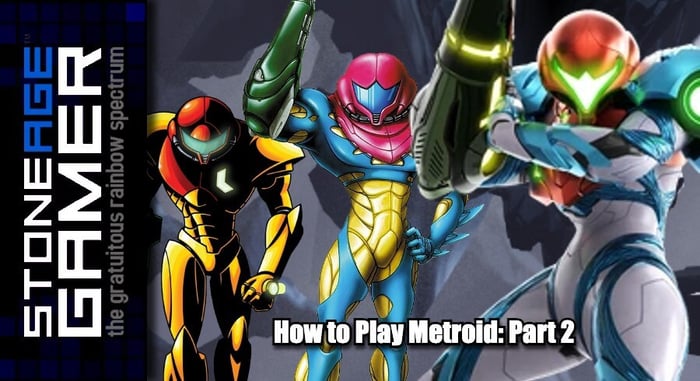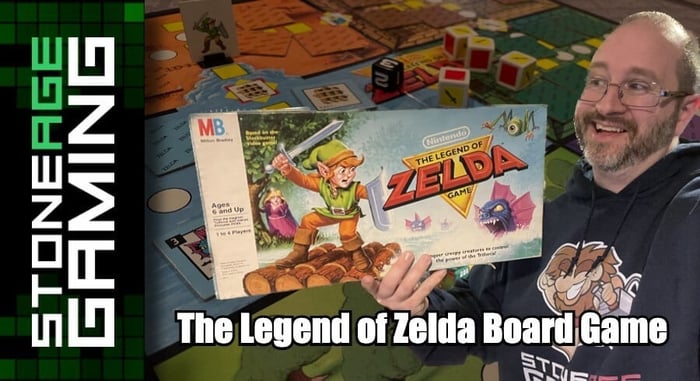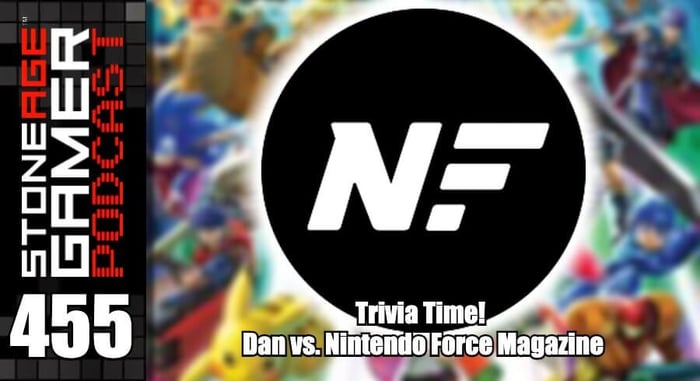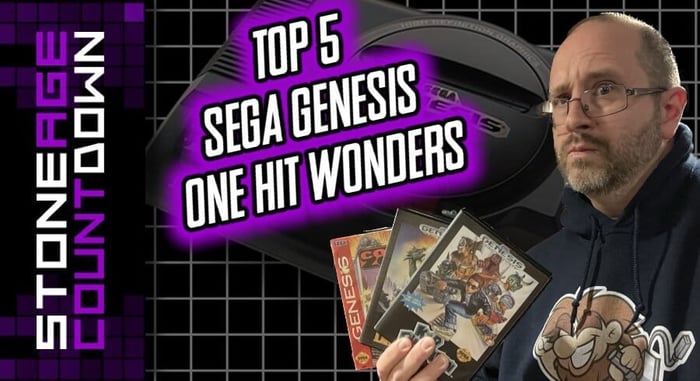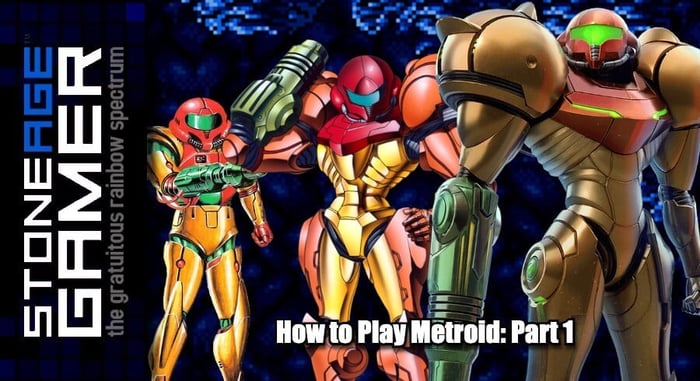
How to Play Metroid: Part 1
Hunting for the Best Way to Play Metroid?
Metroid has been around for quite a while now, and its reputation as one of the best gaming franchises out there is a well earned one. But for all its critical acclaim, there are a lot of players out there who have never tried the series out before.
The good news is, Metroid has never been more accessible than it is today. Granted, that’s going to change once the 3DS and Wii U eShops close down on March 27th, but the entire 2D series is available on Nintendo Switch right now (sort of), and it’s likely more will come to the platform soon. So the question is, with so many releases out there in the world, what is the best way to experience Metroid? What order should you play the games in? What games should you skip, if any? That’s what I’m here to lay out for you. Grab your ice beam, and let’s get to work.
There are several approaches to taking on Metroid for the first time, but I’m going to focus on what I think are the two most important ones: playing every single game in the series, and only playing the best in storyline order.
Let’s start with what I think paints the series in the best light overall, which is playing the whole dang thing. This list will not skip any releases, and is focused on showcasing not only what makes the series so great, but how best to experience the story and evolution of its various gameplay elements. Let’s go.
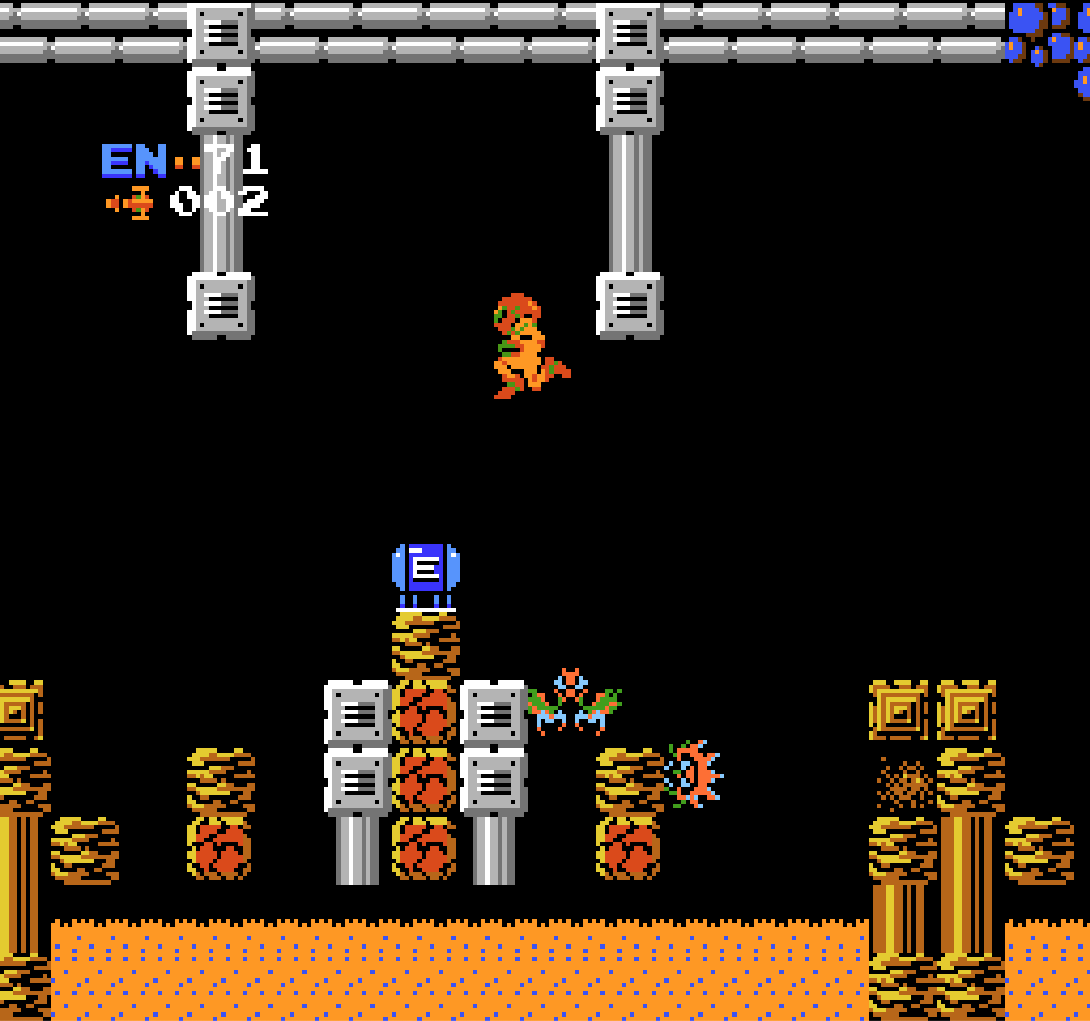
1. Metroid - NES (1986)
Yes, if you want to experience Metroid properly, you should start at the beginning. But there’s an important caveat: Only the brave should play this on original hardware. The original Metroid is a cantankerous old coot of a game and it will absolutely wreck you if you aren’t prepared. So many areas and rooms look exactly the same, and there’s no built-in map system. Enemies do a devastating amount of damage, and farming health and ammo can be painfully time consuming. Metroid wants to hurt you.
I recommend you play the game on Switch. Not only does it look and play great, but it has the all-important rewind feature built right in. It also has save states so you can continue wherever you leave off without having to enter insane passwords followed by a half hour of health farming just so you can survive long enough to make any progress.
You’ll also want to have a map uploaded on your phone or what have you to help make sense of your surroundings.
However, there is a definite charm to experiencing Metroid as originally intended. Original hardware, a CRT TV, some graph paper for creating your own map, and a lot of patience is all that's required, and while it's daunting, it's quite rewarding if you have the time to dedicate to it.
So if this game is such a pain, why not just play Zero Mission instead? It’s all about context. Zero Mission is definitely the better version of this part of the story, but it doesn't outright replace the original. Firsthand knowledge of how this game looks, plays, and sounds will enhance everything that comes after, and while it’s obtuse as heck, there’s a reason it’s still considered a classic. It’s not perfect, but it’s important, and still pretty fun under the right circumstances. And if it really does get to be too much, Google “NARPAS SWORD Metroid.” Enjoy!
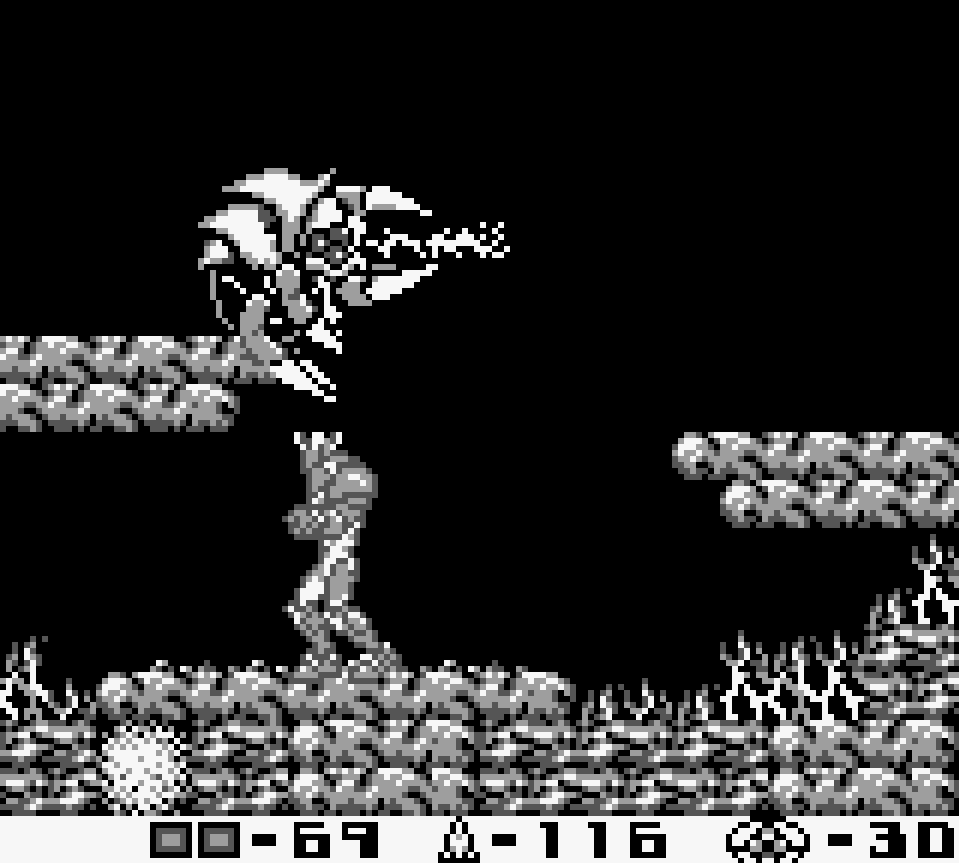
2. Metroid II: Return of Samus - Game Boy (1991)
Metroid Prime is actually the next game in the story chronologically, but for the sake of following the series evolution and being able to properly appreciate these earlier releases, it’s best not to play one of the best games ever made before playing Metroid II.
Again, I recommend playing this game on Switch with a map by your side. There’s no in-game map here either, and the samey-ness of the areas is made even worse thanks to the game being in black & white. However, Metroid II does a lot of cool stuff that the original game didn’t. Samus is more agile than before, with the ability to duck and shoot downward while jumping. It also introduces a number of items that became series staples like the Space Jump, Plasma Beam, and Spider Ball.
This is also one of the most important chapters in the overall story, which leads directly into the beginning of Super Metroid. This is also the first real instance of the Metroid series providing storytelling through gameplay. There aren’t cutscenes, but what you’re doing tells a story. Not a complicated one, but an impactful one, and one that’s worth experiencing rather than watching.

3. Super Metroid - Super NES (1994)
Super Metroid is a perfect evolution of what came before it. In terms of both narrative and gameplay, it takes what the first two did and builds. It’s a masterpiece, and one that’s great no matter where you play it. Again, the Switch is probably the easiest way to do so, but with its built-in map and generous save points, there’s no wrong way to play Super Metroid.
Most importantly, this game lays the foundation that the rest of the franchise is built on. There are even more items that become staples, the aforementioned auto map system, Samus can fire in 8 directions, and some of the best storytelling through gameplay that’s ever been crafted.
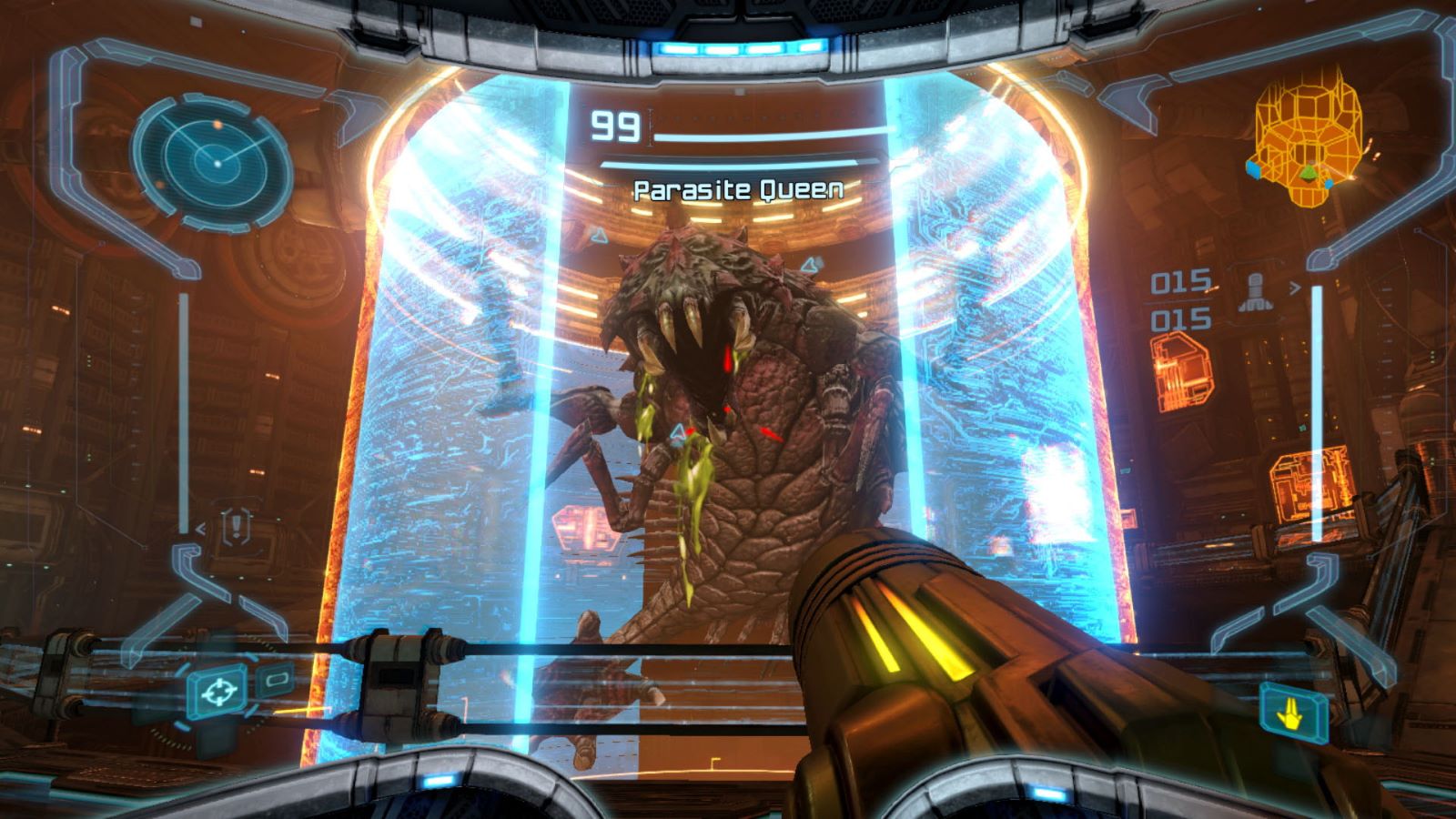
4. Metroid Prime (2002)
Now that you’ve got the basics, it’s time to move into 3D. Metroid Prime isn’t nearly as complex as more modern first person shooters, but it doesn’t have to be. It does what it does incredibly well, and it truly feels like a 3D evolution of what Super Metroid put in place. There are several ways to play this game, but the best by far is the new Metroid Prime Remastered on Nintendo Switch. The previous releases are all great, but they have some unconventional controls to get used to, so Remastered is definitely the way to go.
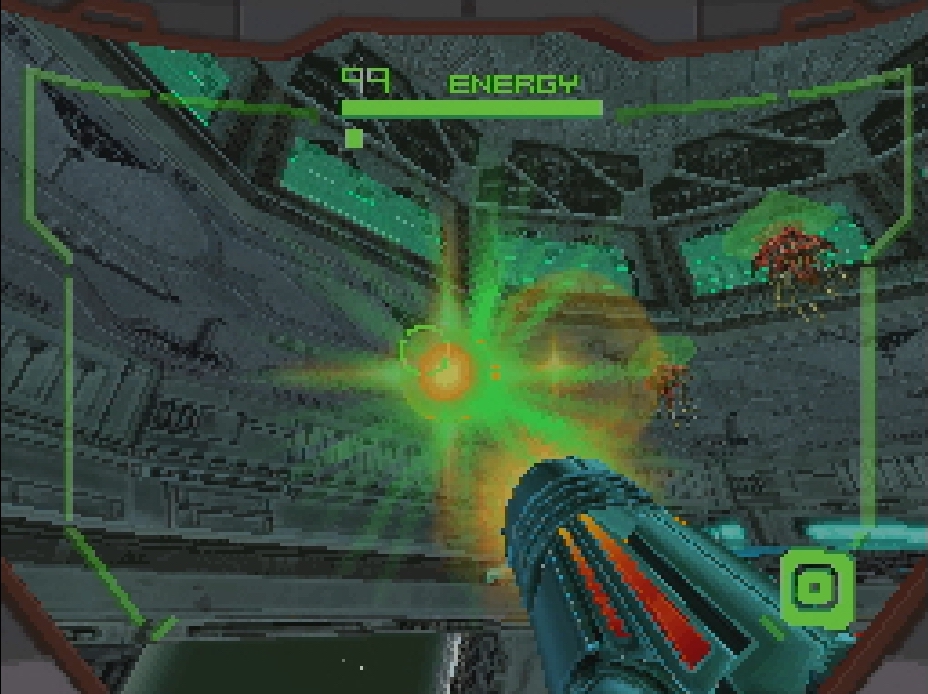
5. Metroid Prime: Hunters (2006)
The second 3D game you’ll want to get to is Samus's DS outing. There really isn’t much of note here in this game aside from the fact that it exists and it’s an official Metroid game. It’s pretty neat though, and a heck of a technical showpiece for the DS hardware, but it’s more or less a “filler episode” if you know what I mean.
As of now, this game is available for download on the Wii U eShop, which is currently the only way to play this one on a TV. Once that shop is closed though, the best way to play would be on a cartridge on something like a new 3DS XL.
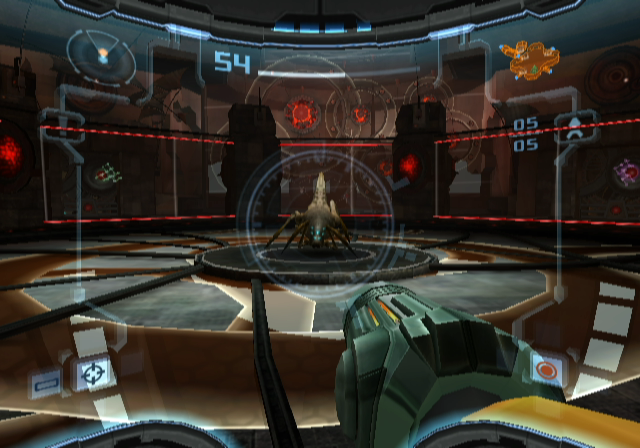
6. Metroid Prime 2: Echoes (2004)
Prime 2 isn’t quite as special as the first game in a lot of ways, but it’s still very impressive. The environments still feel natural and lived-in, albeit much darker than before. The new suits and weapons are cool too, and we finally get to see the space jump and Screw Attack in 3D for the first time.
Like Prime 1, there’s no bad way to experience Prime 2, but the best way to do so would be in the Metroid Prime Trilogy on Wii U. The digital release on the Wii U eShop has been slightly enhanced over the original Wii disc version, so grab that before it’s gone, if you haven’t already!

7. Metroid Prime 3: Corruption (2007)
This one’s a bit of an outlier in that Samus isn’t nearly as alone in this game as she normally is. There are other bounty hunters on the same mission that you need to work with (and against) from time to time. There’s voice acting, wacky motion controls, and more that make this feel more “modern AAA” than any other game in the series. That’s not to say it’s a bad game. In fact, it has some of the coolest boss battles in the series. It’s just a little less memorable than what came before it.
This one absolutely must be played on the digital Wii U version of Metroid Prime Trilogy if possible. The loading times are dramatically reduced. The standard Wii disc alone isn’t bad either, but the best way is for sure on Wii U.
And this is where I’m going to leave off for now. Come back next time when we’ll head back into 2D territory and figure out the least painful way to play the series low points. See you next mission!


